Roof Damage Repair: A Comprehensive Guide to Protecting Your Home
Your roof is one of the most critical components of your home, protecting you and your family from the elements. However, over time, it can suffer damage from weather conditions, age, and unforeseen accidents. Proper roof damage repair is essential to maintain the integrity of your home and prevent costly future repairs. If you’re facing issues like roof leak damage repair richmond, tx addressing them promptly can help avoid structural problems and water damage. In this guide, we’ll cover the common causes of roof damage, signs that indicate a problem, and the steps to take for effective repairs.
Common Causes of Roof Damage
Weather Conditions – Heavy rain, strong winds, hail, and snow can cause significant damage to roofing materials.
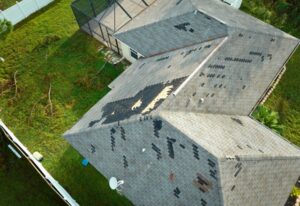 Aging Materials – Over time, shingles, tiles, and metal roofing can deteriorate, leading to leaks and structural weakness.
Aging Materials – Over time, shingles, tiles, and metal roofing can deteriorate, leading to leaks and structural weakness.
Improper Installation – A poorly installed roof is more vulnerable to damage and may require frequent repairs.
Fallen Debris – Tree branches and other debris can puncture or crack roofing materials, creating entry points for water.
Clogged Gutters – Blocked gutters can lead to water pooling on the roof, increasing the risk of leaks and mold growth.
Signs Your Roof Needs Repair
Leaks or Water Stains – Water spots on ceilings or walls indicate a leaking roof.
Missing or Damaged Shingles – Cracked, curled, or missing shingles expose your roof to further damage.
Sagging Roof – A sagging area in your roof suggests structural issues that need immediate attention.
Moss or Mold Growth – Excessive moisture can lead to mold, algae, or moss growth, weakening roofing materials.
Higher Energy Bills – Poor insulation due to roof damage can increase heating and cooling costs.
Steps for Roof Damage Repair
- Assess the Damage
Conduct a visual inspection of your roof or hire a professional to assess the extent of the damage. Look for missing shingles, leaks, and structural weaknesses.
- Temporary Fixes
If immediate repair isn’t possible, apply a tarp or sealant to cover exposed areas and prevent further damage.
- Repair or Replace Damaged Shingles
For minor damage, replace missing or damaged shingles. Secure them with roofing nails and sealant to ensure a tight fit.
- Fix Leaks and Seal Cracks
Identify the source of leaks and use roofing cement or sealant to patch small cracks. If the leak is extensive, professional assistance may be required.
- Clean and Maintain Gutters
Regularly clean gutters to prevent water buildup and ensure proper drainage from your roof.
- Schedule Professional Inspection
A roofing expert can conduct a thorough inspection and recommend necessary repairs to prevent long-term damage.
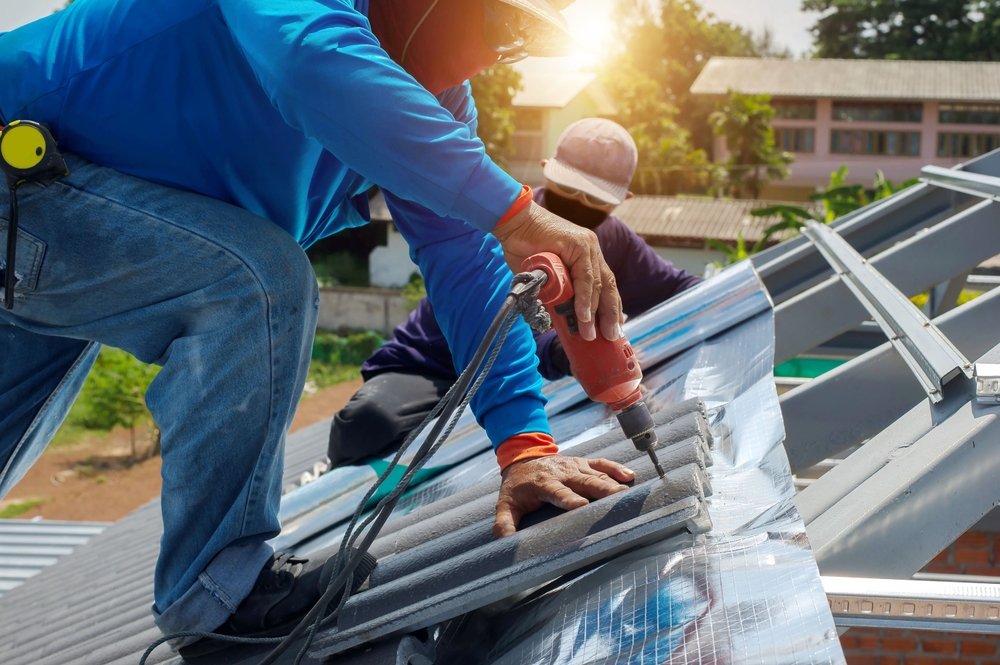
Preventative Maintenance Tips
Conduct regular inspections, especially after severe weather.
Keep trees trimmed to prevent branches from damaging your roof.
Ensure proper attic ventilation to prevent moisture buildup.
Replace damaged shingles promptly to avoid further deterioration.
Invest in professional roof inspections at least once a year.
Roof damage repair is essential to maintaining the safety and longevity of your home. Whether addressing minor issues or handling major repairs, timely action can prevent costly consequences. By staying proactive and seeking professional help when necessary, you can ensure your roof remains in top condition for years to come.
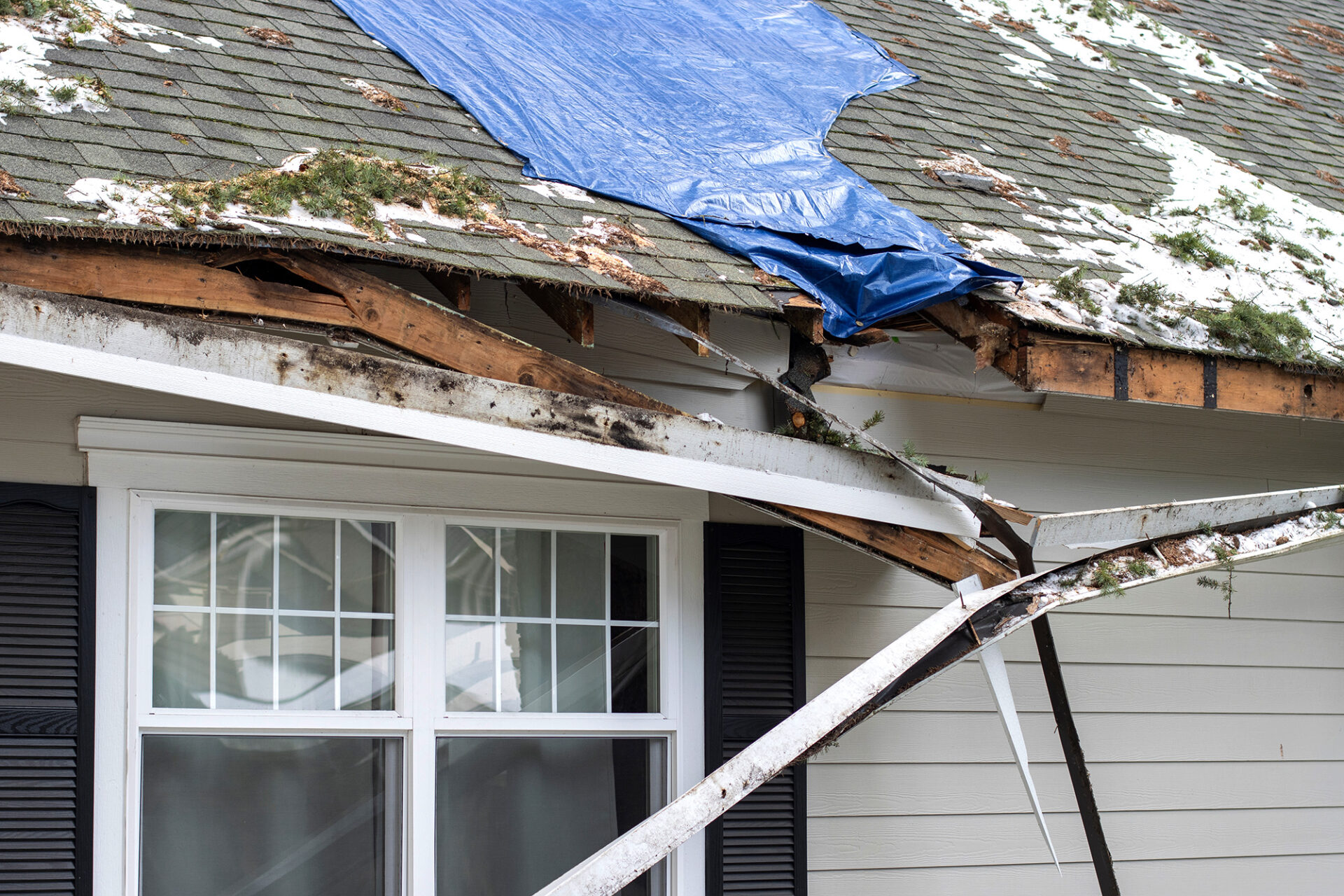
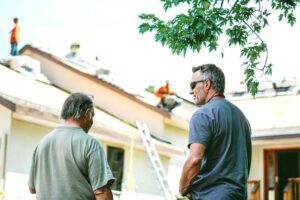 Before initiating repairs, it’s essential to assess the extent of the damage. Hail can cause dents, cracks, and even structural weaknesses. Here’s how you can evaluate the impact:
Before initiating repairs, it’s essential to assess the extent of the damage. Hail can cause dents, cracks, and even structural weaknesses. Here’s how you can evaluate the impact: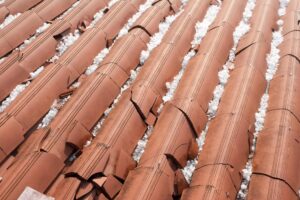 While hailstorms are unpredictable, you can take preventive measures:
While hailstorms are unpredictable, you can take preventive measures: